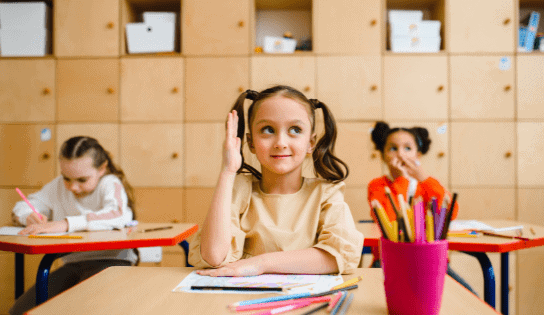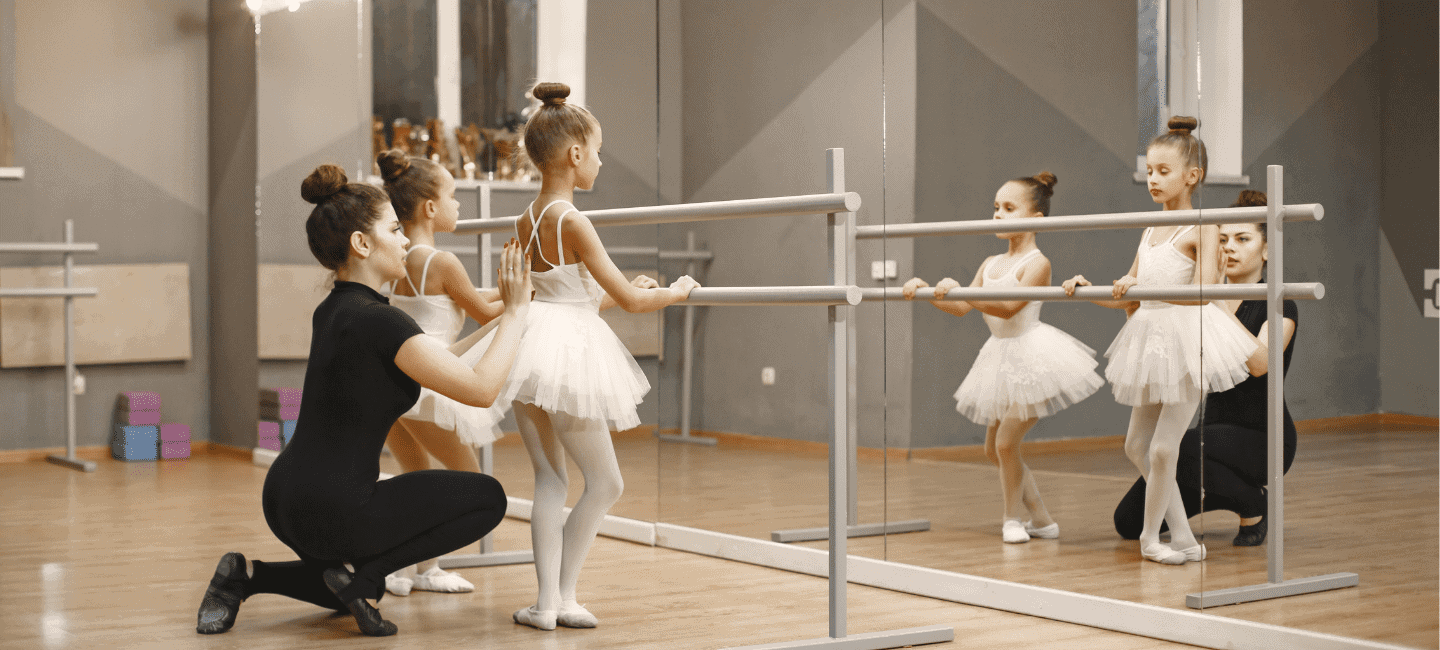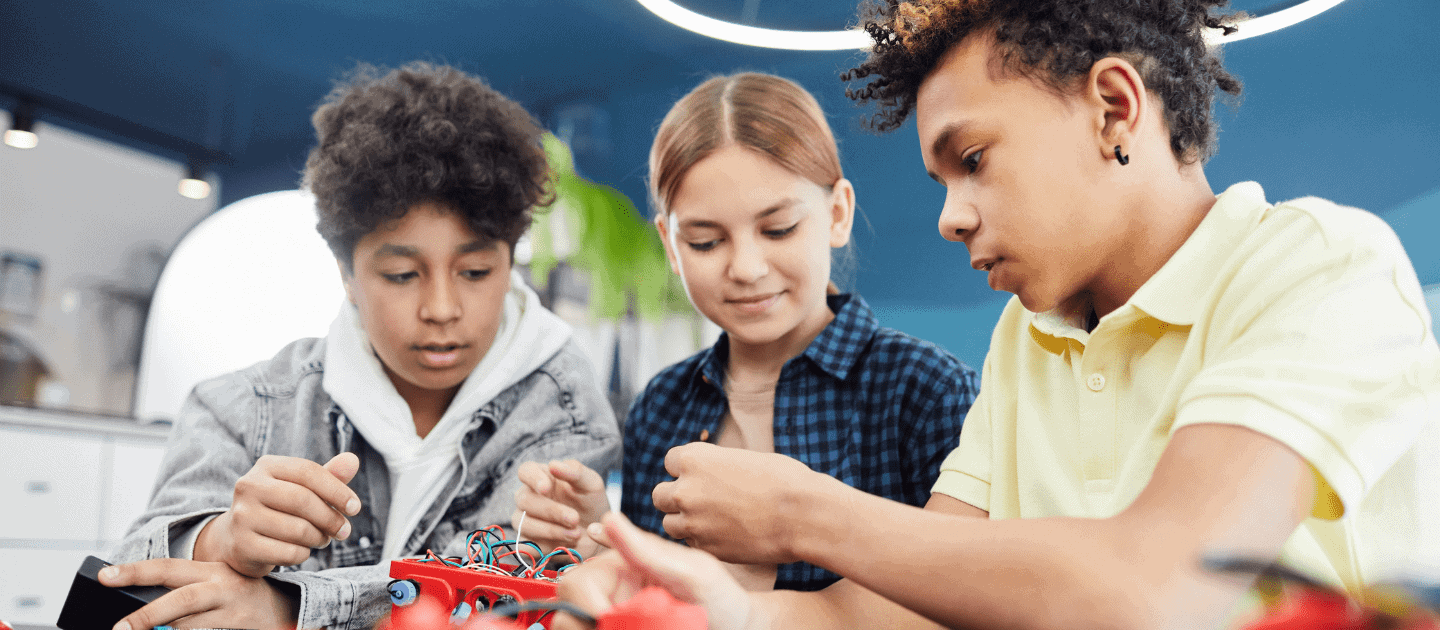Supporting Students’ Intrinsic Motivation for Online Learning Tasks

Motivation Online Learning This study aimed to explore how task instructions, framed with need-supportive statements, can support motivation and the mechanisms that could explain the potential effect of such motivation on task performance. Specifically, the authors examined whether need-supportive task instructions can enhance the situational intrinsic motivation of secondary school students on an online language […]
Influence of Teacher on Student Motivation: Opportunities to Increase Motivational Factors During Mobile Learning

Self-Regulation Motivation Since the COVID-19 lockdown, a noticeable decline in student motivation has been observed, particularly with the transition to distance learning. This study explores how motivational processes impact the quality of mobile learning, analyzing factors that enhance students’ motivation to learn in isolated settings and identifying key demotivating factors that affect the quality of […]
Examining the Role of the Learner and the Teacher in Language Learning Motivation

Motivation Student-Teacher Relationships Student Effort This study explored the interaction between two critical topics: the personalities of language learners and the instructional motivational practices of teachers. Researchers aimed to answer questions about how to predict English learning motivation and self-efficacy. Different Types of Learners The literature review highlights several frameworks to understand students’ learning motivation […]
An Analysis of Interventions Used to Promote Self-Determination

Researchers conducted an updated review of the literature on interventions to promote overall self-determination and skills associated with self-determined action in students with disabilities in the school context.
The Influence of Learner Motivation on Academic Achievement

This study shows how influential theories of academic motivation have conceptualized reciprocal interactions between motivation and achievement, and the kinds of evidence that support this reciprocity.
Analyzing Students’ Emotional Experiences in Physical Education

While there are many studies out there that examine the general intrinsic motivation for physical activity, little research has been done on emotions as a crucial factor in understanding student motivation in a PE setting.
A Comparison of Self-Regulated Learning to Math Achievement

The purpose of the current study was to identify self-regulated learning profiles among middle school students and to investigate whether these profiles related to multiple indicators of academic success and regulatory engagement in mathematics.
Empowering SEN Students in Science: inclusive experiences & strategies to enhance conceptual understanding

As educators, we must consider our collaborative planning, teaching, and assessment practices for Special Educational Needs (SEN) students to establish a deliberate connection between their Individual Education Program (IEP) and mainstream science objectives.
Success Using Self-Determination Theory to Foster Intrinsic Motivation

It can be tempting to implement rewards and punishment in the classroom and educators tend to forget about the importance of intrinsic motivation to foster academic growth and engagement.
How can self-efficacy lower the levels of temptation in student learning?

Temptation can hamper engagement and perseverance directed towards a specific task and cause distractions that can impact the learning process of a student.
